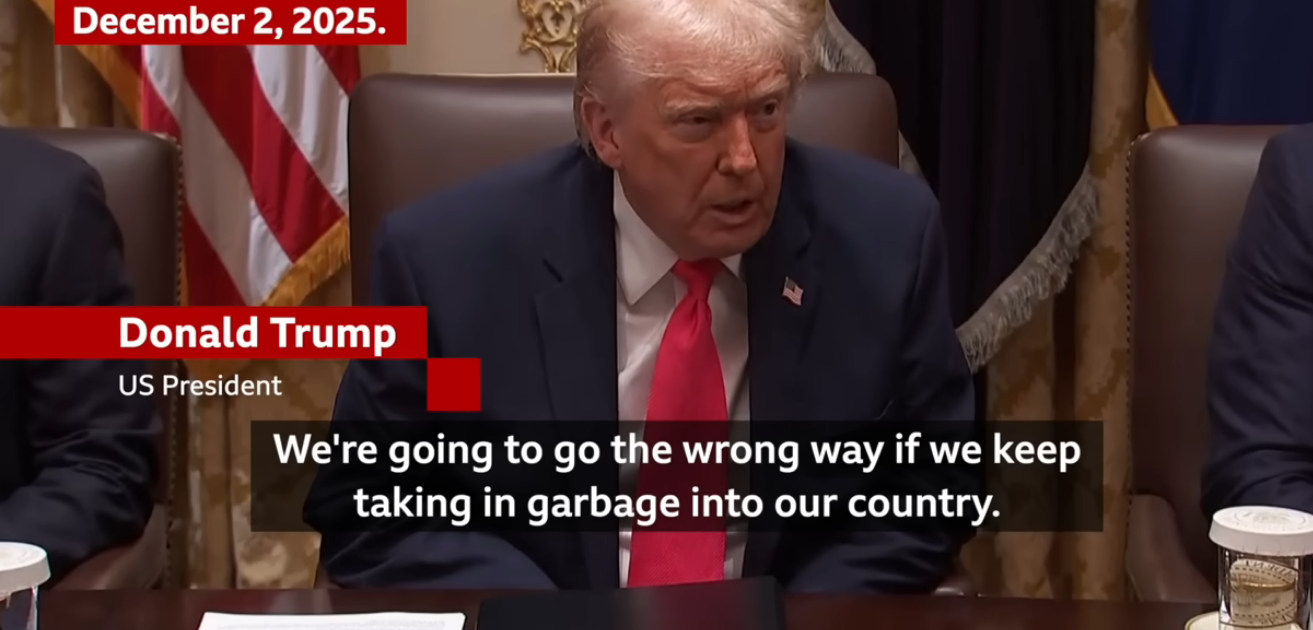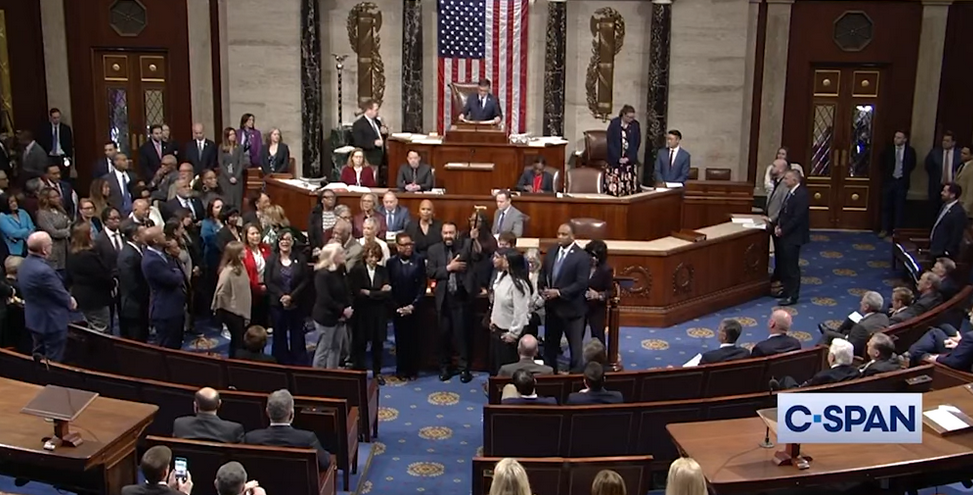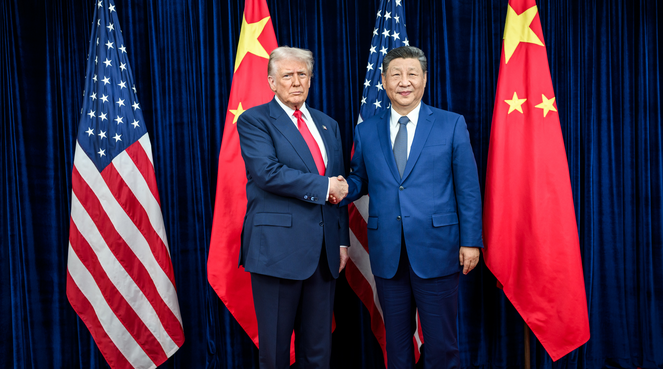William E. Spriggs
[Commentary: The Economy]
The recently released minutes of the last meeting of the Federal Reserve Board’s Open Market Committee revealed there was serious discussion of the fact the labor market still showed signs of weakness. A primary issue was the lack of evidence of strong wage growth, which would be a clear signal the labor market was tightening.
This has unleashed the Wall Street bettors, who want a jump on the Fed’s changing monetary policy, giving them more active play on the bond market, where interest rate movements can fuel their gambling addiction.
The voices being raised to have the Fed raise interest rates march out lots of theory to predict uncontrolled inflation, despite a global slowdown, falling oil and natural resource prices, and flat real wages. We must hope that the Fed makes policy based on what is good for the economy, not what is good for the reckless gamblers on Wall Street.
The current directive to the Fed comes from the Humphrey-Hawkins Act, which in 1978 established that the nation’s primary economic policy is to achieve full employment, within reason-not by creating unsustainable budget deficits or igniting uncontrollable inflation.
Unfortunately, many have twisted the legislation’s purpose to their own ends, changing the act’s intent to balance budgets and maintain low inflation in hopes those policies don’t increase unemployment. The act does not place full employment on equal footing with fighting inflation; it merely constrains full-employment policy to a measure of prudence.
With that in mind, the Fed should understand it is not at full employment. In addition to wages rising with productivity, a main tenant of evidence of full employment, the Fed needs to embrace some additional senses of full employment. One is that discrimination would disappear, since it would become prohibitively costly in a full-employment economy.
A problem for the Fed is that there is little diversity in its staffing, which reflects the low level of diversity among economists. Economists have convinced themselves there is little to explain about the persistence of the disparity in Black and White unemployment rates, the ratio of which remains stubbornly at 2-to-1.
It is enough to assume there are lower skill levels among African Americans and societal structural issues that permanently disadvantage African Americans, and that these circumstances will persist no matter what the level of unemployment.
Of course, many economists do appreciate that this pat answer is hard to reconcile with the great sensitivity that the Black unemployment rate has to the economy-a tightening labor market brings down the Black unemployment rate at twice the rate for whites. That makes the structural argument difficult to maintain.
There is another key element. The unemployment rate gaps between Blacks and Whites are stubborn at every education level, and the gaps are glaring. In fact, what the unemployment rate gaps for Blacks suggest is the old adage that Blacks must be twice as good to compete in the labor market with Whites.
The unemployment rate for Blacks with more education is similar to that of Whites with less education. This is true for Blacks at all education levels, from college graduates to associate degree holders to high school graduates. And it is very difficult to argue that those huge gaps do not reflect discrimination.
When the labor market tanks, and the number of unemployed workers per job opening goes up, the gaps faced by better educated Blacks to less educated Whites get wider. Black college graduates find themselves with unemployment rates closer to White high school graduates, and Blacks with associate degrees find themselves with unemployment rates worse than White high school dropouts.
When the labor market tightens, unemployment rates for Blacks with more education improve such that they are better than those of less educated Whites, though still off the mark compared with equally educated Whites.
When employers are faced with two unemployed working people for each job opening, many stop seeing color and start seeing qualifications. Employers faced with a growing economy and smaller applicant pools find it would now cost to discriminate by passing over the qualified African American applicant.
We don’t know what would happen if the nation maintained its commitment to full employment, because just as the Black unemployment rates near parity with Whites, our economic policy switches all reverse to slow the economy, increase unemployment and push Blacks off the path to equality.
The Fed needs to see that its policies are part of that problem.
Slowing the economy before we reach full employment means employers never have to raise wages nor understand the costs of their discriminatory practices.
Dr. Spriggs is an Economist





